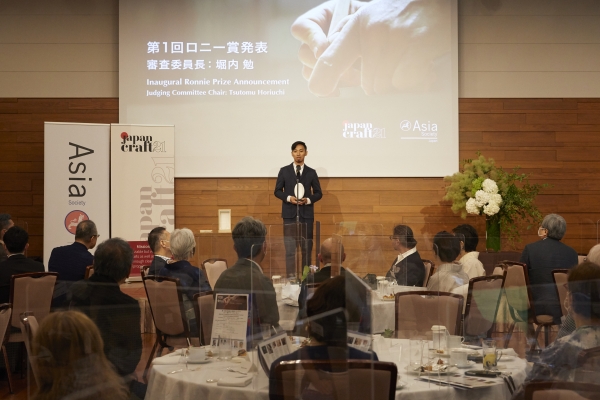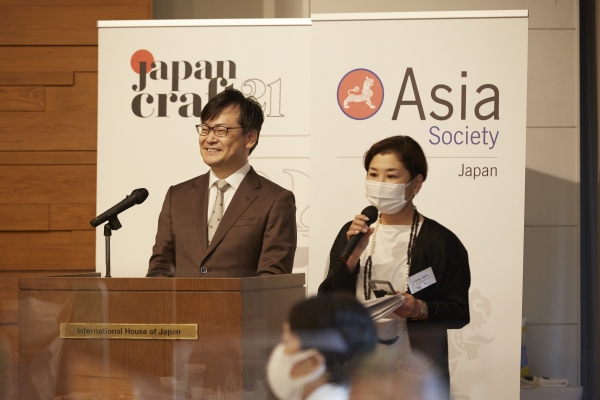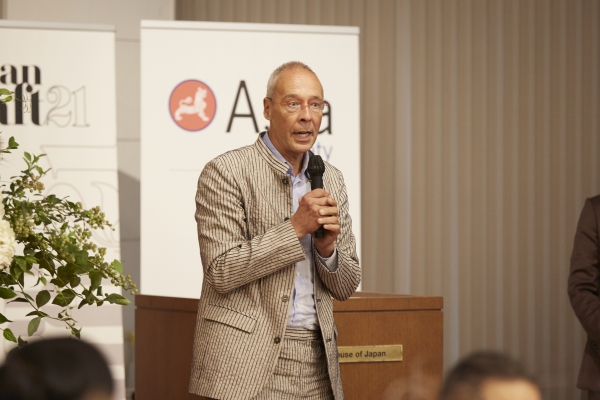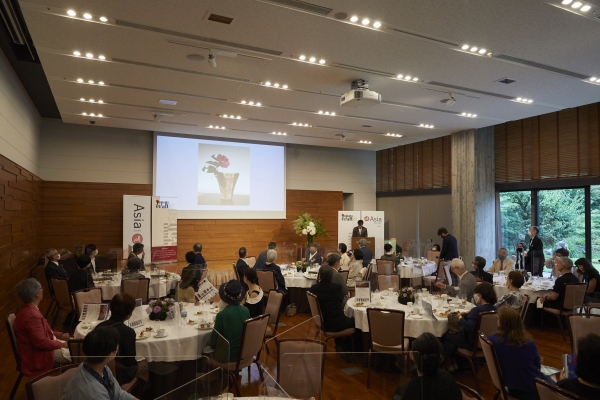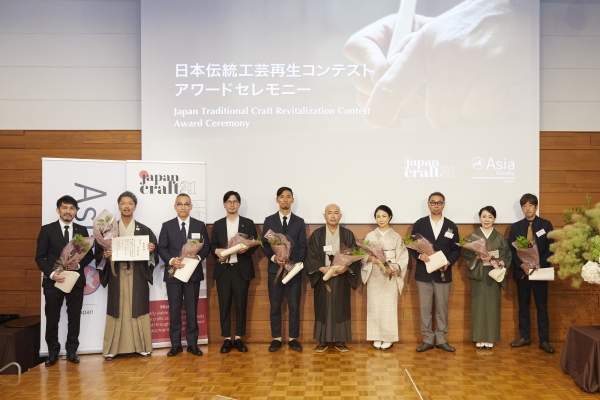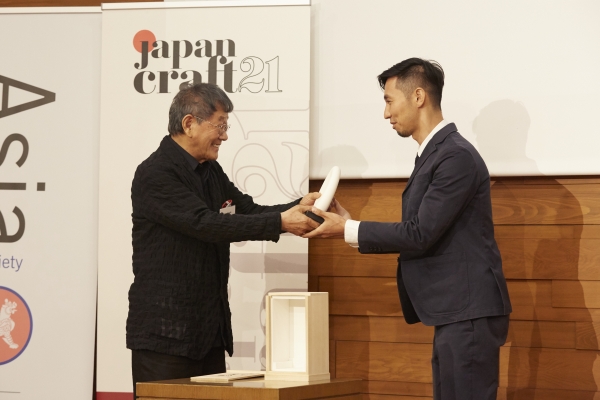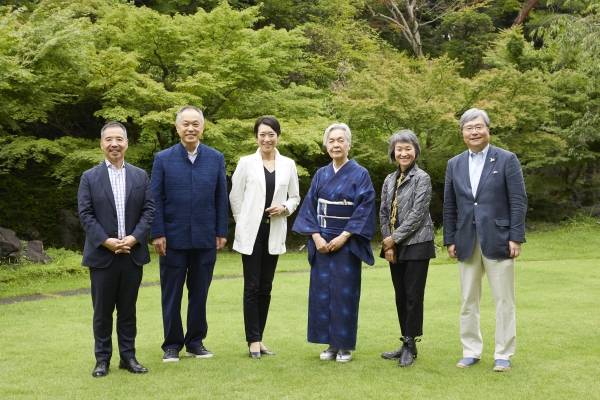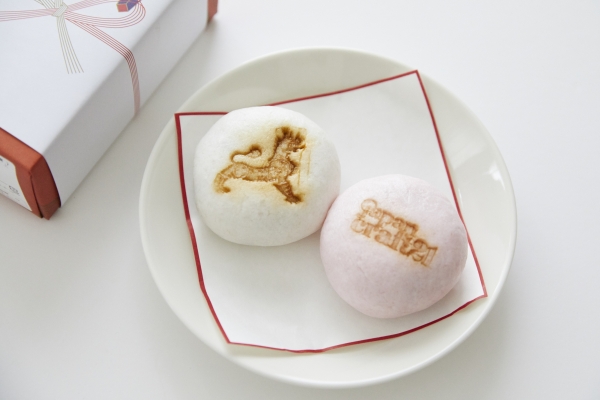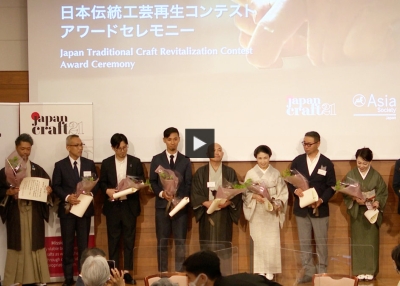2021 Japan Traditional Craft Revitalization Contest Award Ceremony (Recap)
Award ceremony for 2021 Japan Traditional Craft Revitalization Contest was held on July 6, 2021, in which the very first Ronnie Prize was awarded to a winner from a group of ten finalists. Asia Society Japan Center partnered with JapanCraft21 to co-sponsor the contest which was launched in March 2021.
JapanCraft21 was created in 2018 to reverse the rapid decline of traditional Japanese crafts. It aims to identify vulnerable but viable traditional Japanese crafts and assist in their revitalization through clear strategy and effective action. It has helped established a small school to offer training in traditional wood joinery, bamboo mud wall construction and landscape gardening.
In spring 2021, JapanCraft21 launched the Japan Traditional Craft Revitalization Contest to revitalize traditional Japanese crafts for the 21st Century. It seeks to discover exceptional individuals with an outstanding idea, talent, track record and passion, and provide the winner with a broad and significant support package, including 5 million yen and support from a mentor group of experts. The first Japan Traditional Craft Revitalization Contest was launched in March 2021 and ten finalists were selected from more than 150 applications.
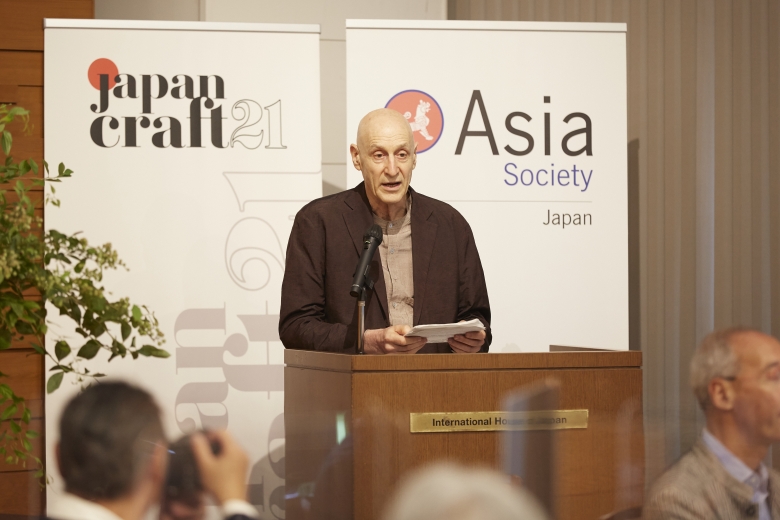
JapanCraft21 is supported by a group of volunteers. Mr. Steve Beimel, Founder and Director of JapanCraft21 introduced and acknowledged the members who support him. Mr. Jesper Koll, founding member of Asia Society Japan Center emphasized that this was only the beginning of a movement that would grow year after year.
Comments from the judges
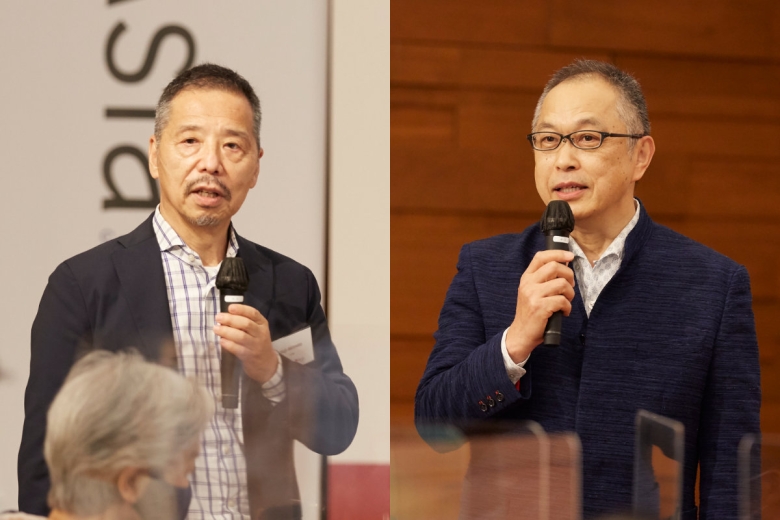
Mr. Yuji Akimoto (Chief Executive Director at Nerima Art Museum) mentioned that the judges had virtual meetings with the applicants to interview them about their plans and passion and met the finalists in person for the first time just before the awards. Each of the finalists have unique ideas supported by strong passion.
Mr. Masamitsu Saito (collector and leading authority on Japanese bamboo art baskets) commented that it was challenging to define the balance between future of Japanese crafts and the applicants’ current activities. He also highlighted that in this opportunity, he re-acknowledged the critical status of Japanese crafts.
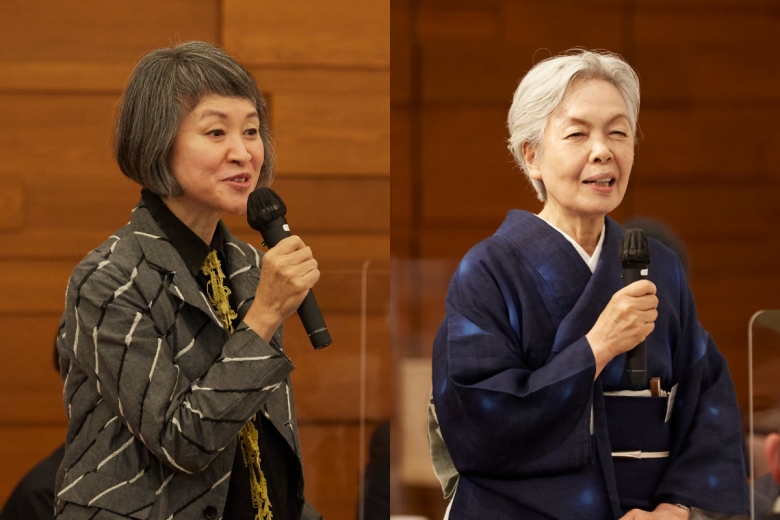
Ms. Reiko Sudo (textile designer; Founder, Director and Chief Designer of NUNO Corporation) felt that Japanese crafts embrace both the arts and design, and are thus very difficult to evaluate. She was overwhelmed by each contestant’s energy and passion.
Ms. Shihoko Fukomoto (textile artist specializing in Japanese Indigo “aizome”) pointed out that while she constantly fears that Japanese crafts are in danger of disappearing, the impressive number of applicants to this award was encouraging evidence that many young people were striving to preserve traditional crafts. She believes that traditions are actually the avant-garde of their times that bear the potential to be good enough to be passed on to the future as “traditional.”
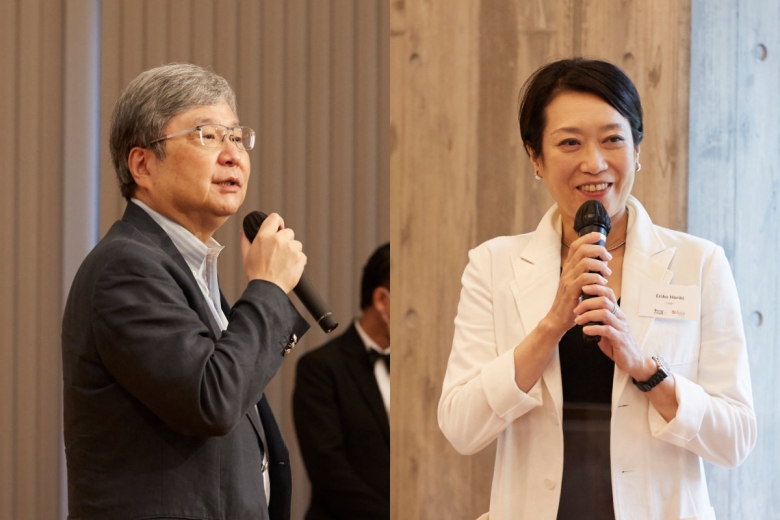
Mr. Tsutomu Horiuchi (Co-chair of the Arts Committee at Asia Society Japan Center; Deputy Director and Professor at Center for Social Investment of Tama University) was also pleased to learn that so many young people were passionate about revitalizing Japanese traditional crafts.
Ms. Eriko Horiki (Washi designer; Director of Eriko Horiki and Associates) stressed the importance of talking about even our smallest dreams with others.
Introducing the finalists
Mr. Shinya Maezaki introduced the finalists and their projects.
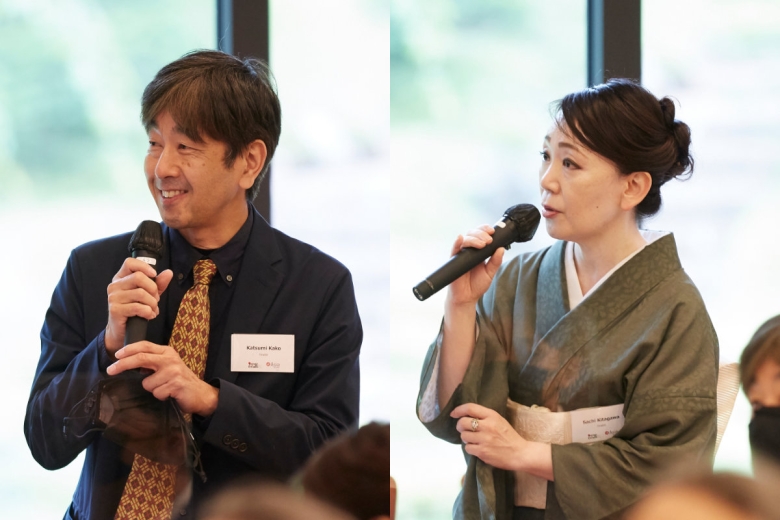
Mr. Katsumi Kako (Hyogo)’s proposal aims to create a collaborative project of local crafts people specializing in ceramics, glass, woodworking, etc. and develop markets internationally, domestically, and in their local tourist town. Born into a family of potters in Kyoto, Mr. Kato moved to the Sasayama region in Hyogo Prefecture as wood fired kilns were prohibited in Kyoto City.
Ms. Sachi Kitagawa (Kyoto) seeks to develop new markets for interior design products made from domestically produced silk woven and dyed by traditional kimono methodology. With less than 0.5% of silk produced domestically, Ms. Kitagawa is eager to preserve domestic kimono manufacturing from its raw materials.
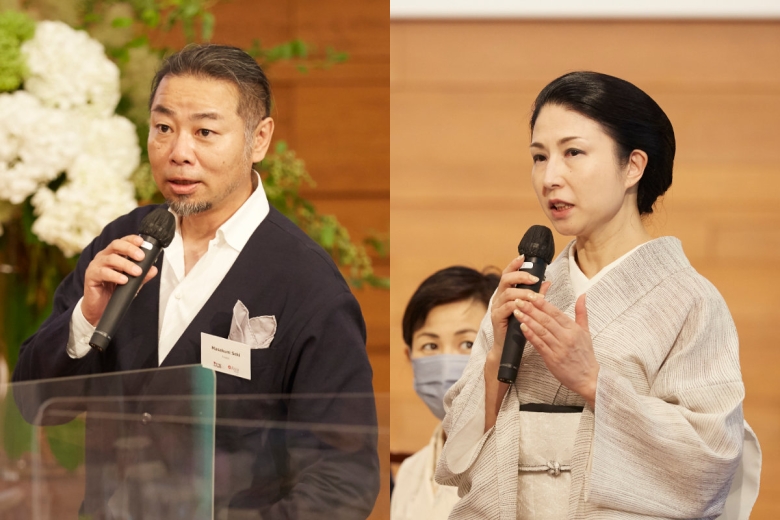
Mr. Masakuni Seki (Fukushima) wishes to revitalize the local lacquerware of Fukushima through a collaborative startup and a share space for young crafts people, thus developing new products and markets and bolstering local tourism. Mr. Seki is concerned that with less people using lacquerware in their daily lives, the number of woodenware craftsmen of Aizu lacquerware have dropped to 1/13 of peak levels and the number of lacquer artists to 1/32. He feels a strong need to establish and preserve communities of traditional craft.
Ms. Asako Takemi (Kyoto)’s project seeks to create a collaborative workshop of kimono and obi master craftspeople and to develop new products and markets. With many small studios bearing important roles in the complex process of making one kimono going out of business, Ms. Takemi’s concept is to bring masters of each process of kimono and obi manufacturing together in order to both save the studios and to provide young people interested in achieving mastery access to apprenticeship in a more open way.
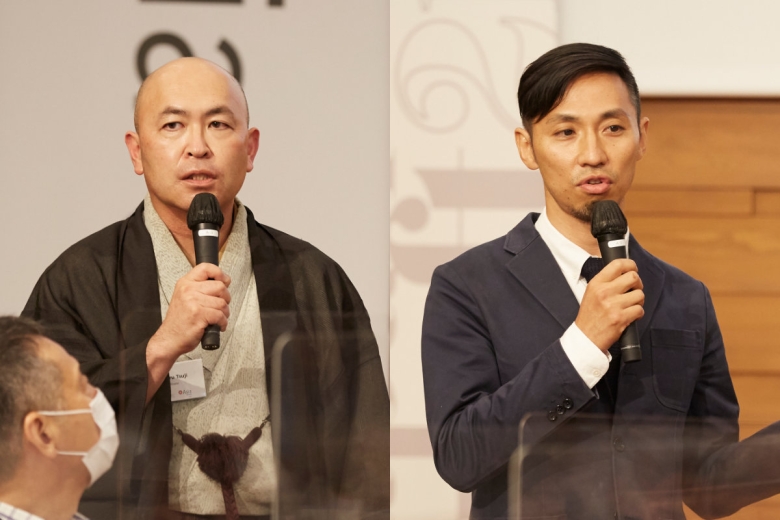
Mr. Tohru Tsuji (Ibaraki) will launch a new craft genre of metallic lacquerware through product and market development and lacquer tree farming. Mr. Tsuij points out that the sustainable management of lacquer trees have been challenging, as the resin harvest season coincides with the time of year when forest management activities are most called for.
Mr. Takuya Tsutsumi (Kyoto)’s project aims to rebuild the ecosystem of trees and lacquerware culture. Mr. Tsutsumi holistically supports local lacquerware manufacturing by restoring forests, creating jobs and networks for wood craftsmen, and revitalizing the local community by supporting newcomers who wish to move to the region. His project seeks to invite not only craftsmen but also various actors including environmentalists to become a part of the ecosystem.
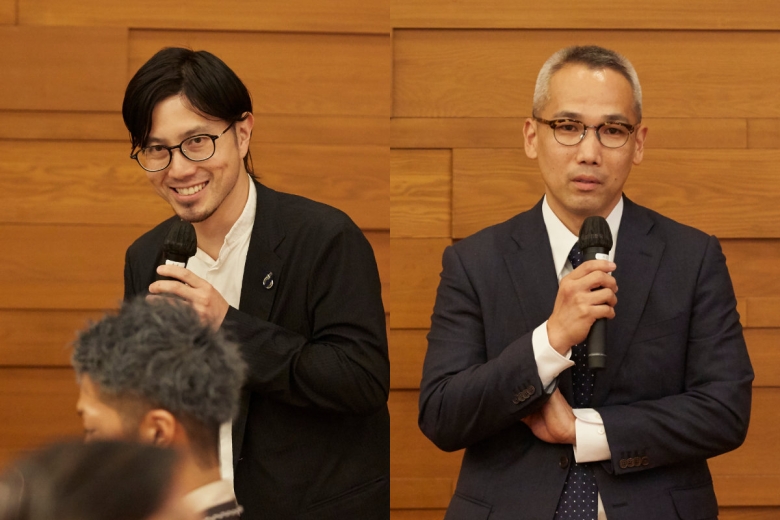
Mr. Kenta Hirai (Nara) seeks to create a new genre of woodworking based on a new methodology developed from existing techniques in woodworking and other craft fields, possibly including new materials. Mr. Hirai has introduced a methodology called “free-form lamination.” He uses local Japanese cedar and hinoki cypress from Kawakami Village in Yoshino, with the oldest history of forestry in Japan that originated around 500 years ago.
Mr. Tomoya Hyodo (Kyoto) aims to build a vibrant and highly workable system that will perpetuate sashimono skills and culture going forward. Mr. Hyodo hopes to pass down to his successors a sustainable system that makes everyone involved in the process happy. He strongly feels that traditional crafts can only be sustainable with all three factors: excellent quality products, craftsmen and funds.
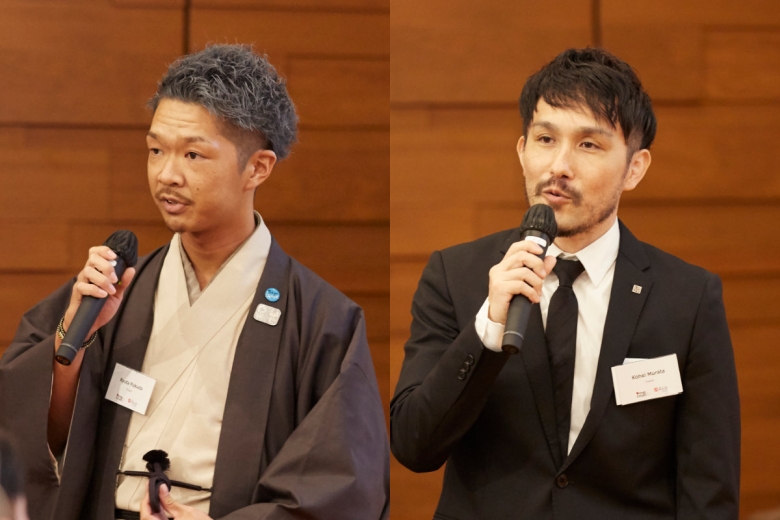
Mr. Ryuta Fukuda (Tokyo) wishes to actualize the potential of kumihimo by technical advancement, product and market development and a dynamic network of related young craftspeople. Kumihimo has always connected people and things and bears much potential for use in innovative scenes and creating new networks.
Mr. Kohei Murata (Shiga) hopes to ensure the continuance of young successors in the field of metal leaf lacquerwork by way of training and developing new products and markets. Mr. Murata points out that even the Nishijin textiles are in danger, with half of the craftsmen population aged over 60 and only 9% in their 30s. He is eager to transcend traditional borders to inspire young people to become a part of the industry.
Mr. Maezaki highlighted how the finalists are already connected by mutual goals, including reforestation, using domestic material, rural revitalization and community building, in common fields such as textiles, lacquer and woodworking.
Introducing the prize
The Ronnie Prize will engage the awardee in regular meetings with mentors from September 2021. The awardee will be introduced to professionals as needed and receive a total of 5 million yen in phases.
In addition to the Ronnie Prize, JapanCraft21 has created a special 5 million yen fund aimed at bringing the other finalists into a powerful group of mutual support. This will involve quarterly symposia with various experts and group branding supported by professional bilingual webpage. Additional benefits will be announced as the group dynamically evolves.
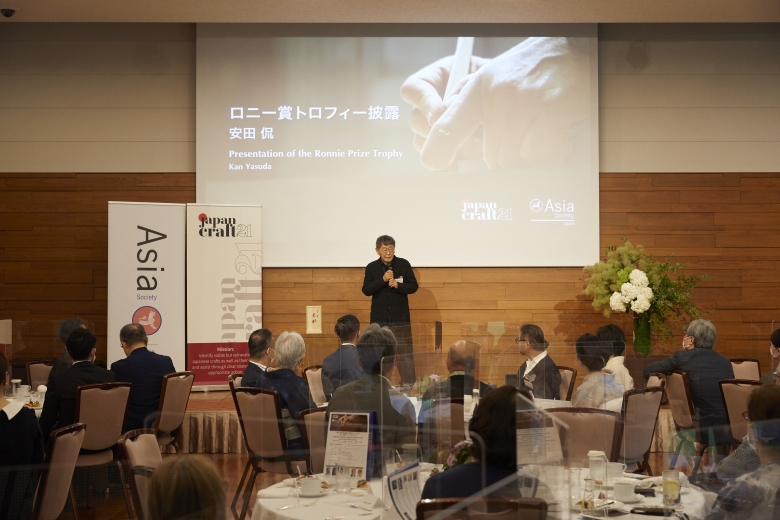
The Ronnie Prize trophy is a white marble sculpture “Tenpi,” made by a sculptor, Mr. Kan Yasuda. Mr. Yasuda shared an anecdote from working with Isamu Noguchi on the US Pavilion at the 1986 Venice Biennale where Noguchi juxtaposed stone sculpture with his Akari Light Sculptures. Critics had noted that the inclusion of the Akari would lose him the award. However, Noguchi had insisted on keeping the lamps, which he later referred to as objects that “warmed a person’s heart” in a conversation with Mr. Yasuda. Mr. Yasuda feels that the “warming people’s hearts” may indeed be the essence of the aesthetics of Japanese traditional crafts.
Announcing the Ronnie Prize winner: Mr. Takuya Tsutsumi
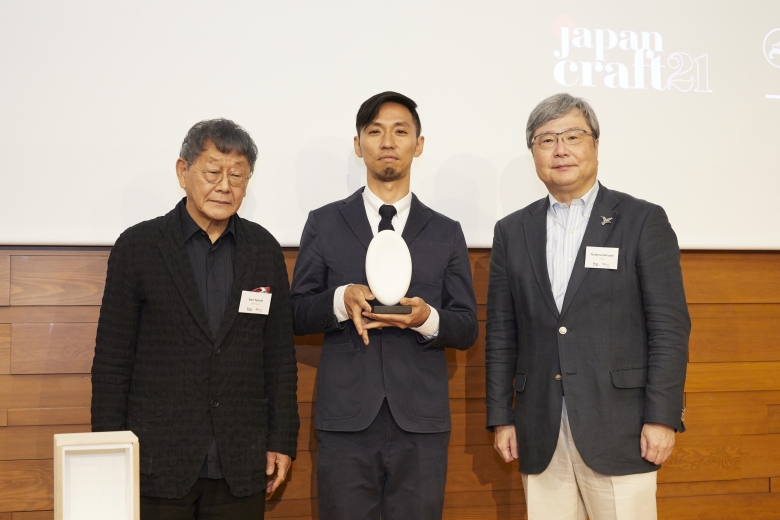
Mr. Horiuchi, Judging Committee Chair announced the winner of the Ronnie Prize, which was awarded to Mr. Takuya Tsutsumi. His project was appraised for his concept of rebuilding the ecosystem, as the aim of the prize is to support the development of an ecosystem of crafts that promise to reach a larger audience. Mr. Tsutsumi’s efforts linked lacquer with contemporary trends, which promised to lead to future developments. His activities not only contributed to local revitalization but transcended sectors, reaching the world of sports and global audiences, thus demonstrating how an ecosystem could be formulated and expanded to include diverse actors.
Receiving the prize, Mr. Tsutsumi acknowledged Ms. Sachiko Matsuyama, co-founder of NGO Perspective, which leads the tree-planting activities that support the production of raw materials for lacquer. Eight years ago, he had felt helpless that all he could do was watch traditional lacquerware crafts from diminishing. At the time, 98% of lacquer used in Japan was imported from China. In both countries, lacquer production was not sustainable, with few skilled workers aged under 70.
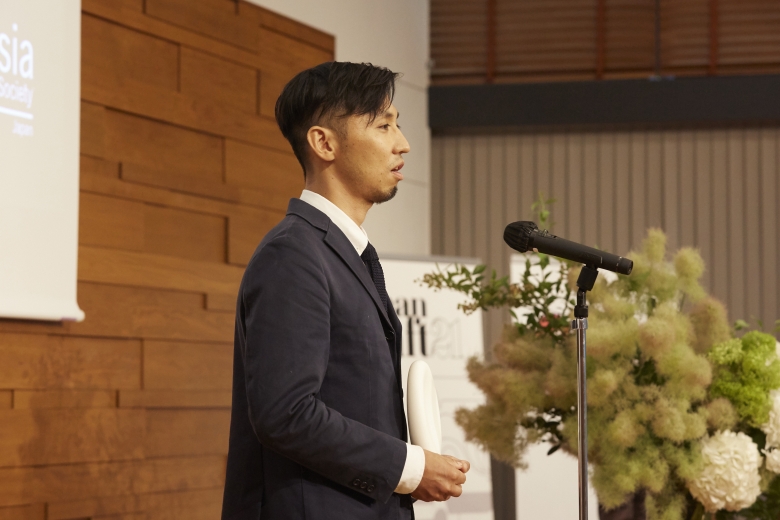
Yet, determined to take a first step to save lacquer crafts, Mr. Tsutsumi initiated promotion activities by making booklets and videos and delivering lectures. However, he felt that he had to reach out to audiences who had no interest in lacquer to make real change. Surfboards allowed him to reach new spheres of young people who were eager to support his cause. After taking his first step, he has succeeded in welcoming surfers, environmentalists and other various actors from not only Japan but overseas to become a part of the experience. Mr. Tsutsumi feels the importance of having a locally closed material cycle to be sustainable and organically connecting different local loops into a chain.
In conclusion, it was announced that the next contest would be opened in early 2022. Prospective applicants are invited to become a proactive part of the Japanese craft society. Together we can make meaningful important and immediate action to make beautiful crafts flourish and inspire us for many years to come.
Mr. Beimel closed the ceremony, expressing his thanks to the individuals who contributed to the development of the JapanCraft21 Award.
